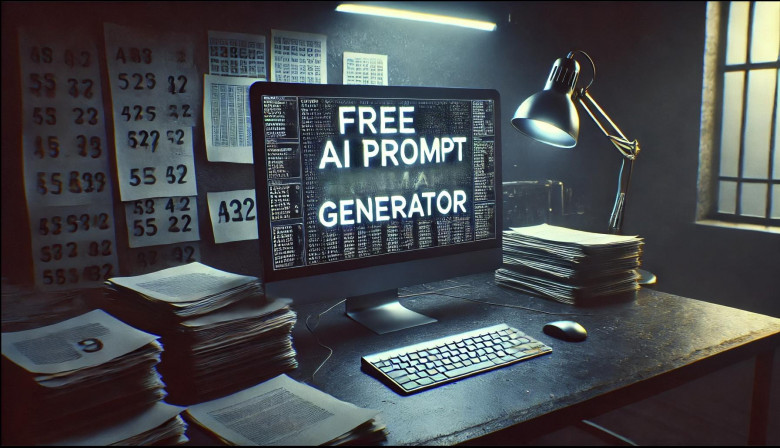
In today’s article, I’m going to show you a simple, free tool that can help you create great prompts for any AI model you use—whether it’s ChatGPT, Midjourney, or something else.

In today’s article, I’m going to show you a simple, free tool that can help you create great prompts for any AI model you use—whether it’s ChatGPT, Midjourney, or something else.
Dear Colleagues and Friends,
Since I am only an IT college student so I have not been involved in any serious project in the IT field. However, I hope that my student membership in AСM allows me to share my views with established professionals and thus join a broad and constructive discussion on AI issues.
Over the past couple of years, the topic of harmonious development of technologies based on the fruits of AI has attracted everyone's close attention. In an effort to understand the current stage of development of this technology and its perception by society and the government, I attended a lot of online events (including extremely enriching ACM Talks webinars), read dozens of articles in the professional and business press, studied regulations AI issues by EU, US and UN.
However, I do not see or feel that this collective search has harmonized the views on AI development expressed by inventors, representatives of the business community, IT specialists, and current and future users of AI products.
As a future IT professional, I would like to see less confrontation and more solidarity regarding the global technological breakthrough.
As an accomplished legal professional, I see that now is an important moment to move from honing the principles of working with AI to formulating and implementing (somewhat proactively) specific mechanisms for the implementation of AI products, as well as establishing fair and responsible regulation of their social and legal consequences.
In the context of the above, I offer for consideration my views on two aspects of the development and implementation of AI technologies:

OpenStreetMap (OSM) is a global project formed around a geographic information database which is being filled by all comers — both enthusiasts and interested companies. Anybody can contribute, but the openness has its downside: incorrect edits often get into the database. Hence plenty of validators of OSM data have been written which allow to maintain the data quality at an acceptable level.
Since 2016 there exists an open source subway preprocessor that validates (generates error reports) rapid transit routes in OSM for completeness and logical/topological errors, and converts them into formats that are suitable for routing and rendering, e.g. GTFS. Besides OSM data it takes a list of public transport (PT) networks which contains the checking information about the number of lines, stations etc. per a PT network. The preprocessor has successfully proven itself in the preparation of PT data for applications such as Maps.me and Organic Maps.
In this article, I would like to share an approach to detecting one of the types of errors that occur quite often in OSM data and automatic detection of which is somewhat challenging. It's an accidental loss of a station from a route. The source code of the validator and the described algorithm are open source. But first, let's define the concepts used to represent PT data in OpenStreetMap.
Issues of cooperation in the field of regulation of computing power, joint insurance of AI products, and determining the social status and protection of persons with a hybrid nervous system (hybrid people)
Dear Colleagues and Friends,
In furtherance of the discussion on the topic of "Key technology policy issues will be grappling with in 2025", let me outline some mullings at the intersection of the theory and practice of computer science, law, and neuroethics.
«Our society and thus each individual has the possibility to (help) decide how the world, in which we want to live with artificial intelligence in the future, should look. Philosophy, law, and technology play a central role in the discourse that has to be conducted for this purpose» (from Fraunhofer IAIS’s report «Trustworty use of AI»).
Essential idea of that proposals - drawing from the deep technical expertise of the computing community, to provide to policy leaders and stakeholders nonpartisan theses on policy gaps in the field of neuroethics, development and implementation of ML/AI tools. It is preferable that this regulation be a harmonious symbiosis of legal norms both at the state level and at the level of socially responsible professional communities.
The approach mentioned in paragraph 6.2 of The CEN-CENELEC Focus Group Report: Road Map on Artificial Intelligence (AI) and, in fact, focused on autonomous self-regulation of AI tools (systems) seems inappropriate to current risks and treats: “An alternative approach is that the system itself ensures that modifications of its functionality due to self-learning have no negative impact on assessment topics like safety or fairness”. Further, in the same place, the potential ineffectiveness of the certification system for AI tools is actually recognized: “For artificial intelligence systems that learn as they are used, the problem is that the behavior of the system changes continuously and will require a new conformity assessment each time.”

Every SEO professional has encountered CAPTCHA. If not, they are either not professionals, misunderstand the term SEO (possibly confusing it with SMM or CEO), or are very new to this challenging field.
One could endlessly deny and argue that CAPTCHA is overrated and does not deserve significant resources. But these arguments end the moment one needs data from a search engine result page, like Yandex, without knowledge of XML requests… Or, say, a client wants to scrape the entire Amazon (just because they do) and offers good pay...
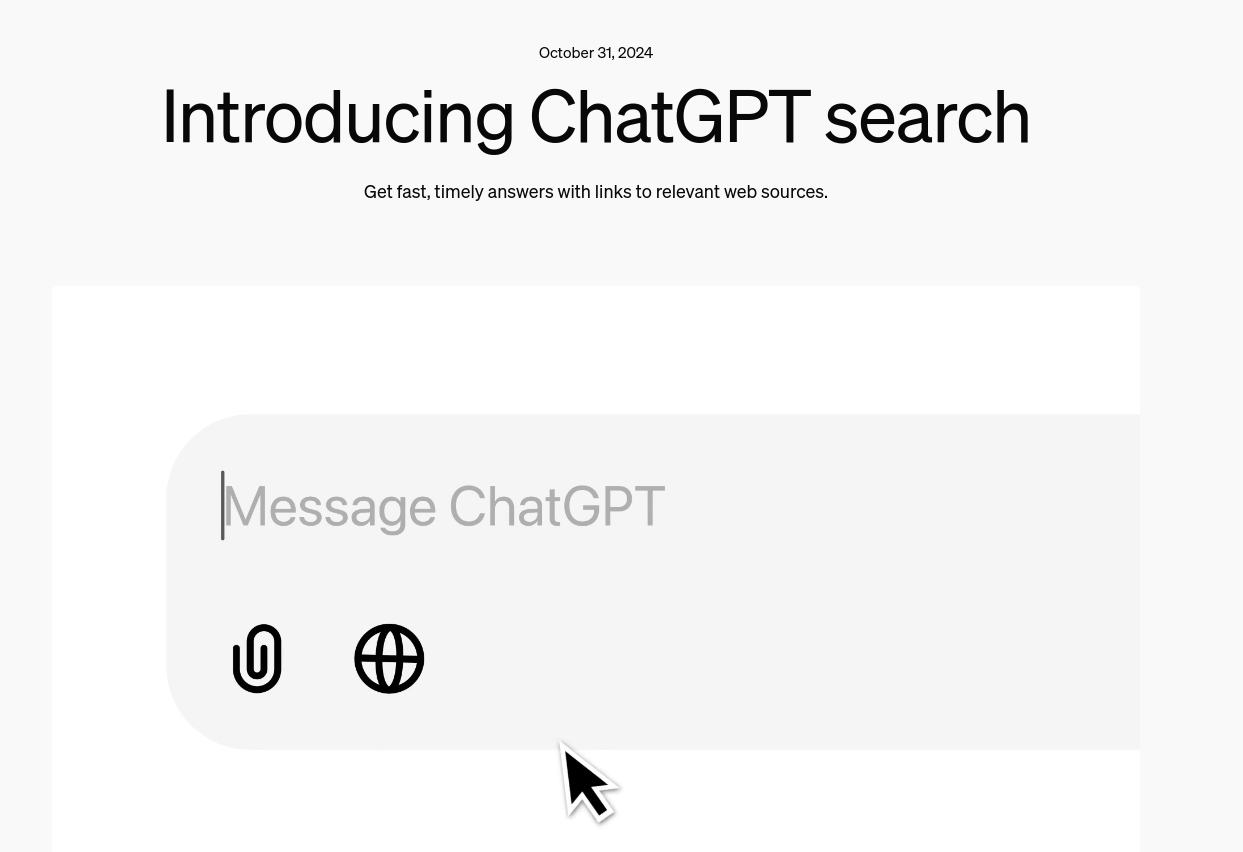
Two powerful AI tools are making waves in the world: NEW ChatGPT Search and Perplexity AI. But which one is better for you? I've tested them and want to share my results.
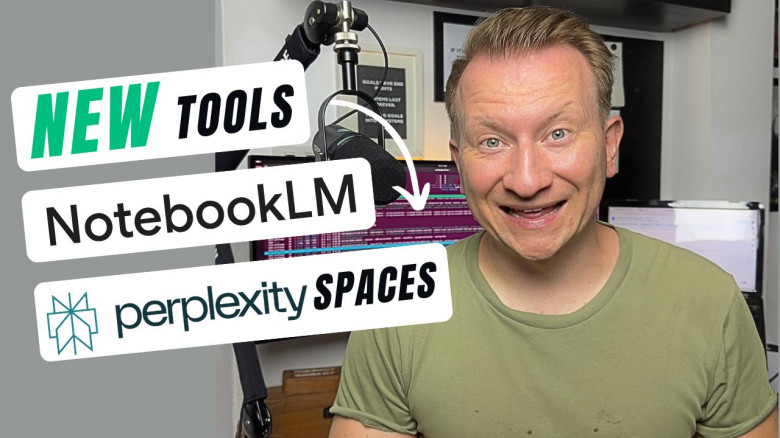
I recently explored two powerful AI tools — NotebookLM and Perplexity Spaces — and want to share my comprehensive review of these research assistants.
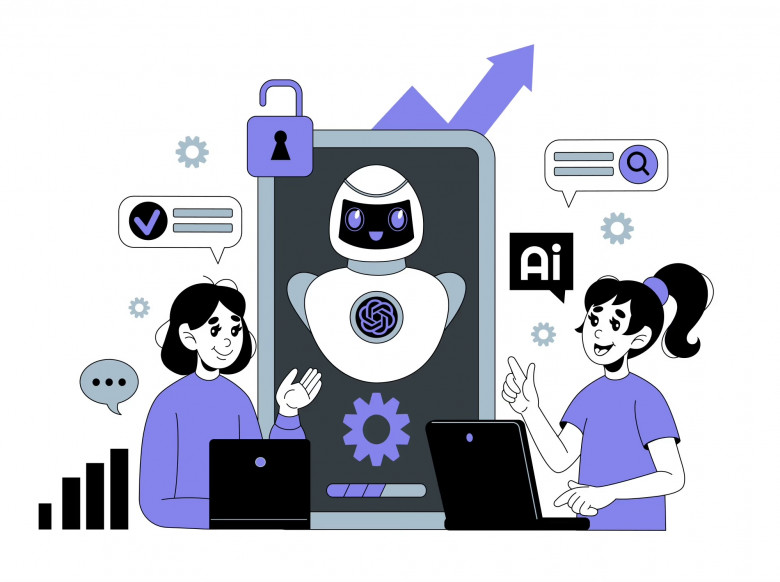
In the last couple years Artificial Intelligence has taken the world by storm, starting to revolutionize the tech industry in many aspects, including UX. AI can help UX designers to automate some routine tasks that take a lot of time, providing more space for creativity and product quality improvement. It’s not likely that AI might replace human designers in the near future, but it can definitely ease the work of designers in some ways.
Let’s discuss how AI can be applied in UX Design these days:

So let’s talk about the word yes. Another way to say it is that, we need to give some positive statements to make a sale.
I said, in the last article that Russians and Eastern European people are much more reserved with giving the answer of yes. So in this culture, it is normal to wait to have more facts about what the work will be for giving a positive answer. But this creates real problem and an absolute block when it comes to selling your IT software and project development to western cultures!
Let’s break this down into understandable pieces.
ls аудио с битрейдом и сортировкой, на баше, используя ffprobe
while read i; do echo "$(ffprobe -i "$i" 2>&1 | egrep -o 'bitrate: [0-9]{1,3} .{4}' | cut -d' ' -f2-3)" "$i"; done < <(find . -type f -printf '%P\n' \( -iname \*.ogg -o -iname \*.mp3 \)) | sort -n -k1,1Пример того что получаем:
128 kb/s aaa.mp3
128 kb/s bbb.mp3
128 kb/s ccc.mp3
256 kb/s xxx.mp3
256 kb/s yyy.mp3
256 kb/s zzz.mp3
Расширил и опубликовал https://gitlab.com/vitaly-zdanevich/ffprobe-wrapper-lister-for-mp3

In the world of blockchain, where the word "gas" is most often associated not with gas stations, but with fees for transactions in Ethereum, the search for ways to minimize these costs is becoming increasingly relevant. Less heartache for an empty wallet and more time to solve really important issues... for example, what to cook for lunch =)
Similar to the epic Batman vs Superman battle, compare GSN and Account Abstraction. As in any superhero story, each of them has its own unique abilities and disadvantages, which we will look at in detail.
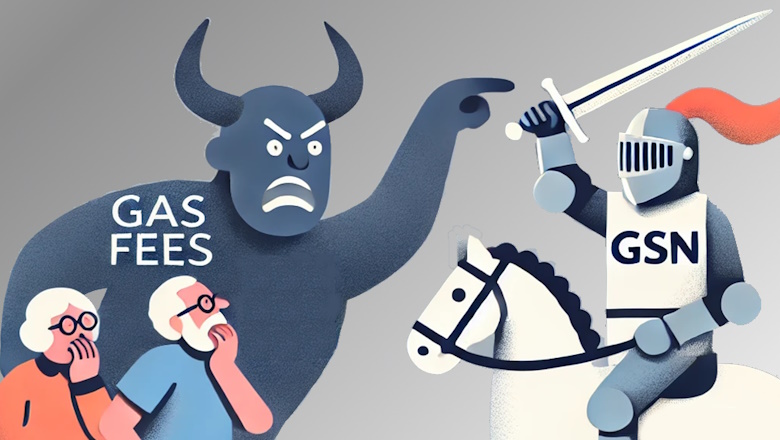
Imagine: you've just created an incredible decentralized application, and it's so cool that even your grandmother wanted to try it. But once users are faced with the need to pay a commission, the entire UX (User Experience) rapidly slides down like a ball down a slide. Blockchain promises a bright future in which decentralization, transparency and security are our best friends, and it makes us pay for daily operations. Imagine if you had to pay every time you like on social networks or send a message in a messenger. It's terrible, isn't it? But dApps users face something like this every day.
But now, like a prince on a white horse, GSN (Gas Station Network) appears. With its help, developers can make their applications gas-less, and users will finally be able to forget about commissions like a nightmare.
In this article, we will look at what GSN is, how it works, and how to implement it into your projects to please users.

In today's world, where businesses increasingly rely on effective communication, cloud technologies offer a wide range of solutions to optimize interactions both within the company and with customers. Three of the most popular options are UCaaS, CCaaS, and CPaaS. While they all fall under the umbrella of cloud communications, their functionality and applications differ significantly. Let's delve into the details.
UCaaS (Unified Communications as a Service)
UCaaS unifies various communication channels, such as voice calls, video conferencing, messaging, and email, into a single platform. This allows employees to easily communicate and collaborate with each other, regardless of their location.
Benefits of UCaaS:
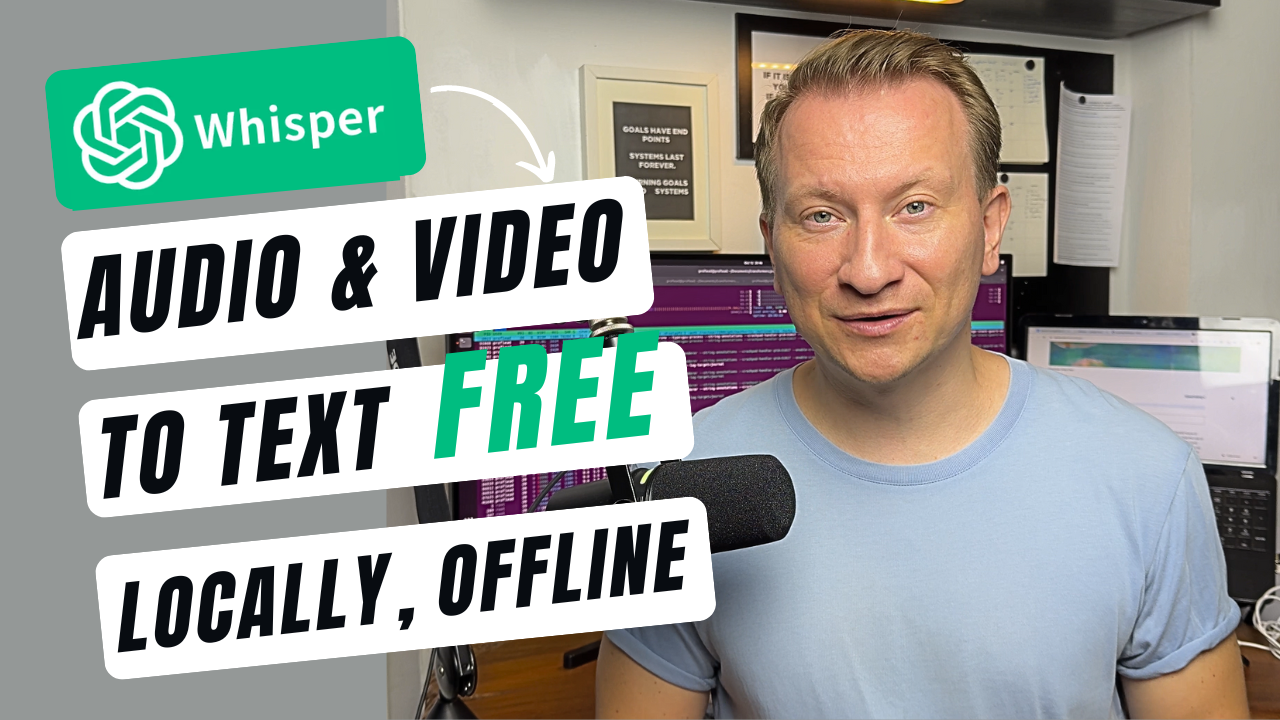
In this article, I'm going to show you how you can easily transcribe audio and video files on your own computer using Whisper WebGPU — without needing an internet connection.

Firebase Performance offers a free, comprehensive solution for tracking app performance. As part of the Firebase suite, it provides seamless integration with other Firebase services like Crashlytics, making it easier to manage all performance and crash data in one place. This not only simplifies access but also streamlines team collaboration without the need to manage multiple platforms.
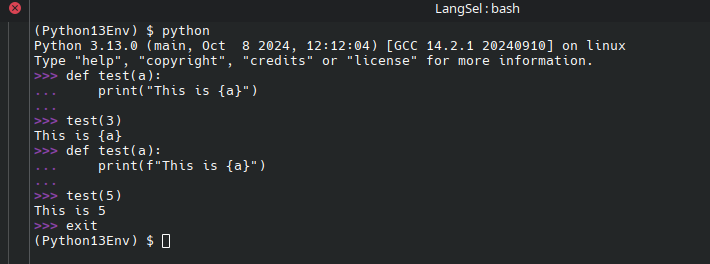
Вышел Python 3.13. Что в этом для не знакомых с Python?
Куй железо не отходя от кассы
Иными словами, Вы тут же захотите его попробовать - самое время, это стало (много) приятнее чем когда-либо.
Что делать и кто виноват
Виноват, очевидно, Гугол - запоздал с увольнениями в команде Python. А делать придётся компиляцию из сорцов - даже в AUR сейчас RC1. Как - на примере Arch в форме EndeavourOS.
Python часть системы, но он 12, поэтому 13 нужно держать отдельно. Скачав с python.org и распаковав
./configure --enable-optimizations --with-lto --enable-experimental-jit=yes --prefix=/home/andy/.python
makeКонечно, чего-то да не хватит, но об этом будет чётко сказано, поэтому и например
yay clang
yay llvm
makeБудет чётко сказано чего не получилось, за 12 такого не помню, у меня - без tkinter. Ну и ладненько. Поскольку make test придумали трусы,
make install
~/.python/bin/python3 -m venv Python13Env
cd Python13Env
pythonИ наслаждаемся новыми фишками - редактируем процедуры и выходим легко, как по мне - самое очевидное. И да, на первом же (дурацком) тесте - на 10% быстрее.

OpenAI has recently launched a new feature called Canvas for ChatGPT, designed to enhance users' interactions with AI for writing and coding projects. This new interface aims to provide a more collaborative and interactive experience, moving beyond the traditional chat format. In this article, I'll cover the top features of ChatGPT Canvas and show how to use it.

While in 2024 using XML looks a bit outdated, it still happens. And sometimes it happens we are to deal with XML having "free-structure", i.e. it couldn't be parsed into tree of user-defined structs. For JSON there still is a way to parse it with a single call into map[string]any and work with it using careful type assertions. Regretfully, there is no similar feature for XML (in Golang). Here I'll draft suitable function and demonstrate it - both for others and for myself if I ever need this again (recreating it from scratch may be somewhat painful).

CAPTCHA is not just a single word that can be defined; it's an acronym consisting of nine words (and two prepositions): Completely Automated Public Turing Test To Tell Computers and Humans Apart. This mouthful was shortened to the concise CAPTCHA to avoid creating yet another hard-to-pronounce term. Translated into Russian, this abbreviation sounds like "Полностью автоматизированный публичный тест Тьюринга для различения компьютеров и людей" (Fully Automated Public Turing Test to Differentiate Computers and Humans).

Did you know you can run powerful AI models right on your computer? It's true! Today, I will show you how easy it is to get started with Llama 3.2 and OpenWebUI.